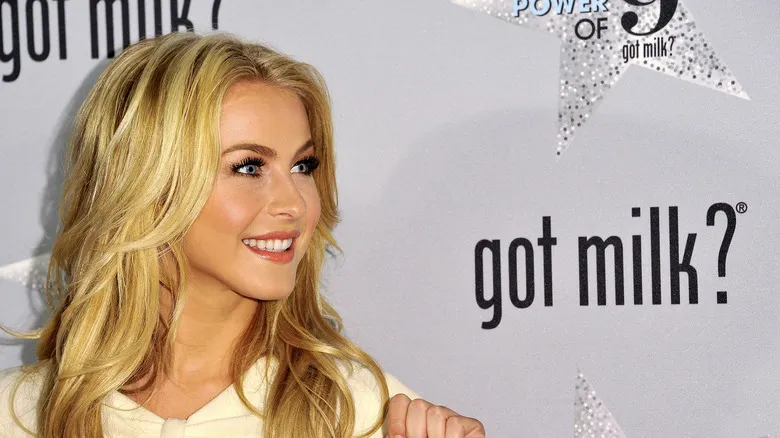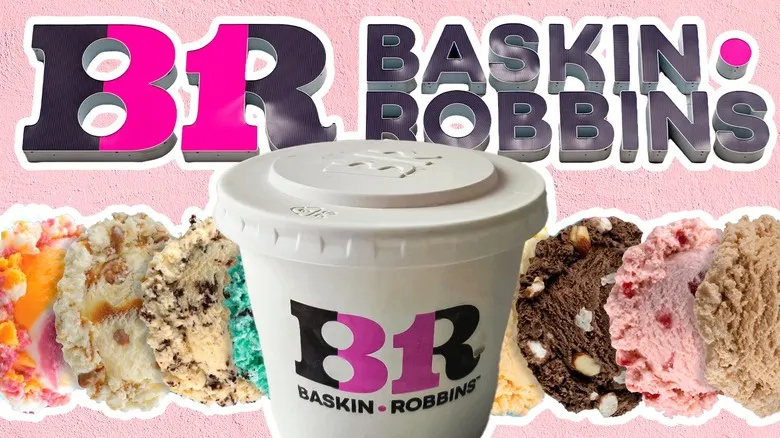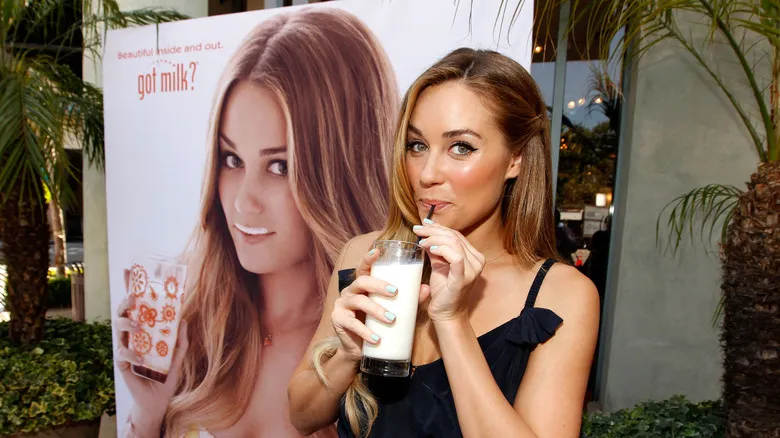Milk consumption was on the decline

While milk has long been a fundamental part of Western diets and is even recognized as North Carolina's state beverage, by the 1980s, consumers were reaching for it less frequently than before. Despite its surge in popularity during the early to mid-20th century, growing health concerns and the increasing appeal of soft drinks contributed to a significant drop in milk consumption. The era of the milkman delivering glass bottles to homes faded away, giving rise to a generation of children raised on Pepsi and Coca-Cola.
The slogan "Got milk?" was not the first effort to encourage Americans to return to this vital source of calcium. In 1984, the National Dairy Board introduced the phrase, "Milk: It Does a Body Good." This campaign aimed to position milk as essential for strength and health, and somewhat controversially, as a means to enhance attractiveness. In one memorable '80s commercial, a young boy drinks milk in hopes of impressing a beautiful girl and transforming into a muscular adult. Ultimately, this approach did not achieve the desired results, paving the way for a new marketing strategy.
How it became a pop culture craze and where it stands today

The inaugural "Got milk?" commercial was more of a cinematic spectacle than a traditional advertisement. Directed by a young Michael Bay, prior to his "Transformers" fame, it showcased a man savoring a peanut butter sandwich. Without any milk to wash it down, he ends up losing a call-in radio contest, unable to speak. This powerful launch set the tone for the campaign, emphasizing that milk is not just a desire but a necessity. This led to the creation of the famous milk mustache, initially developed by advertisers for the Milk Processor Education Program, which later integrated with "Got milk?"—and the rest is history.
The first celebrity to sport the mustache was the renowned supermodel Naomi Campbell in 1994. Captured by the acclaimed photographer Annie Leibovitz, these ads became a rite of passage for numerous celebrities, including Jennifer Aniston, Beyoncé, and even Kermit the Frog. Despite its status as a cultural phenomenon, the campaign ultimately failed to significantly boost milk's popularity, resulting in only a slight increase in sales during its initial years. Milk consumption continues to decline, with a 2019 study revealing that most Americans consume less than half a cup of milk daily, influenced by the rise of plant-based alternatives and environmental concerns. Thus, while the campaign may not have achieved its intended outcome, those iconic white mustaches remain as memorable today as they were then.
Recommended

Secrets Of Baskin-Robbins You'll Wish You Knew Sooner

How Pickled Fish Became A Swedish Staple

The Humble History Of Ingles Supermarket Chains

The Evolution Of Chewing Gum From Tree Sap To Hubba Bubba
Next up

